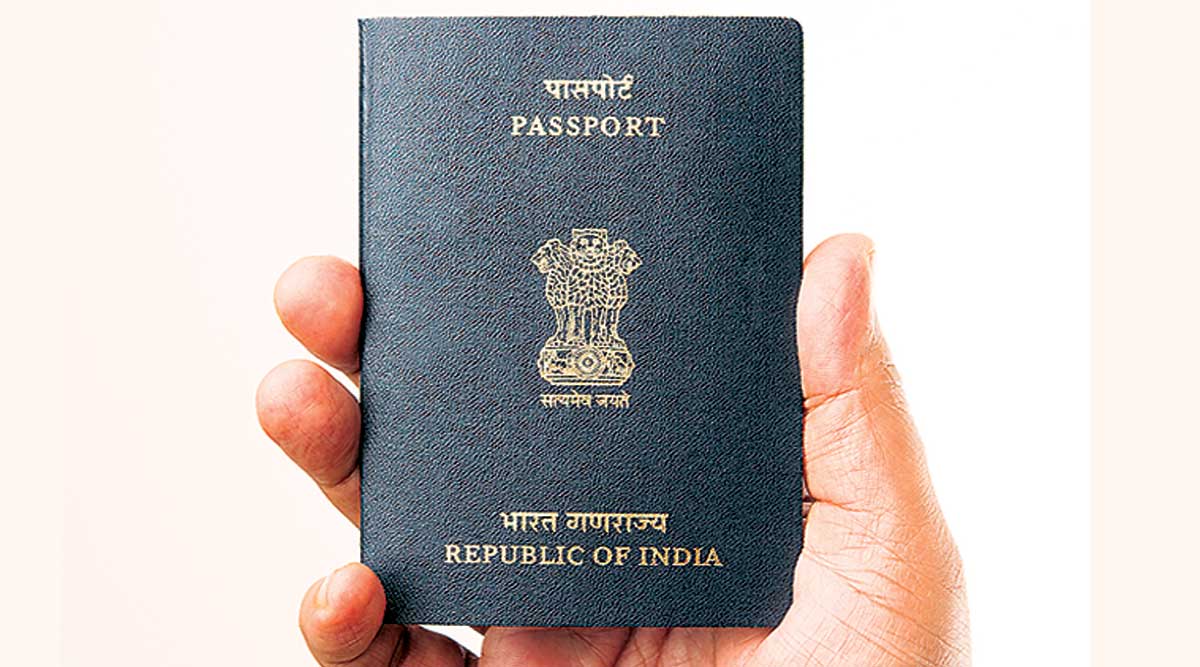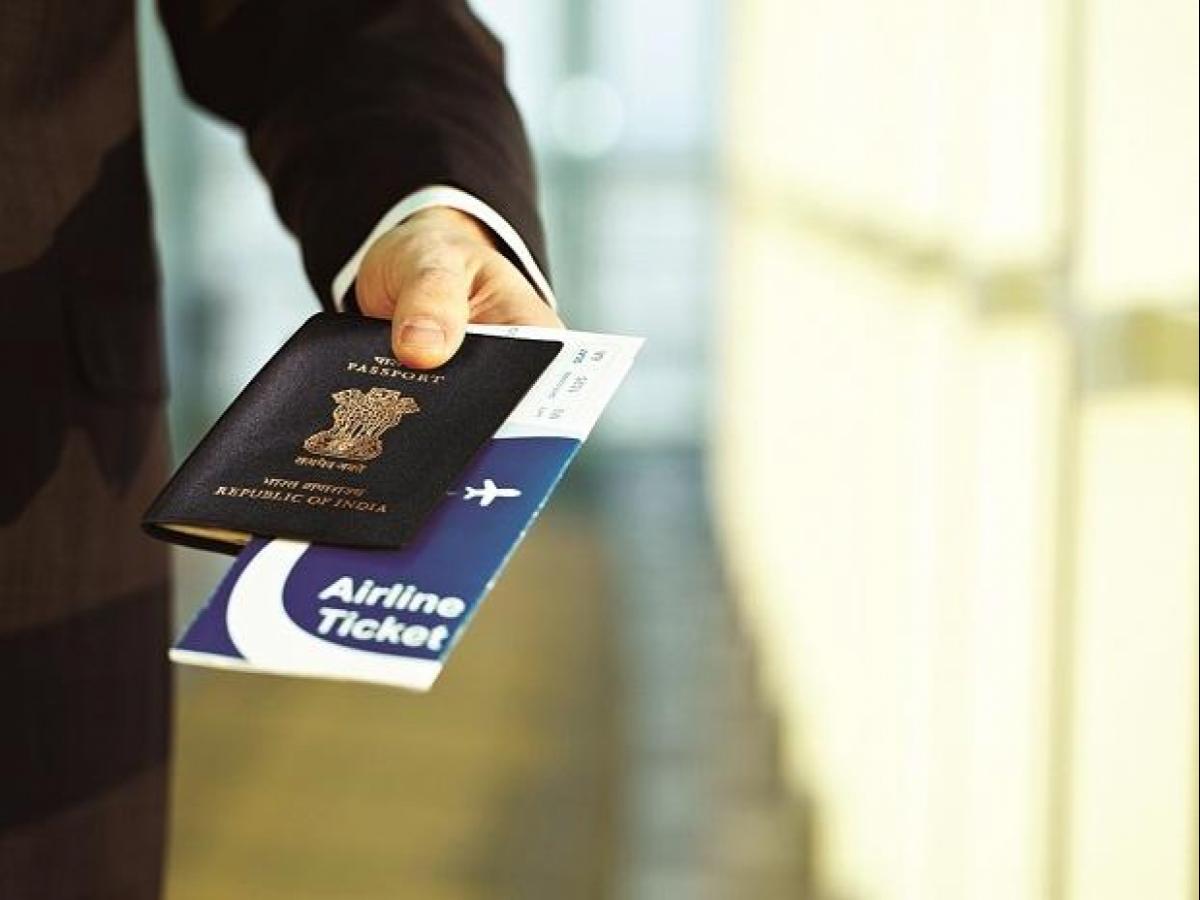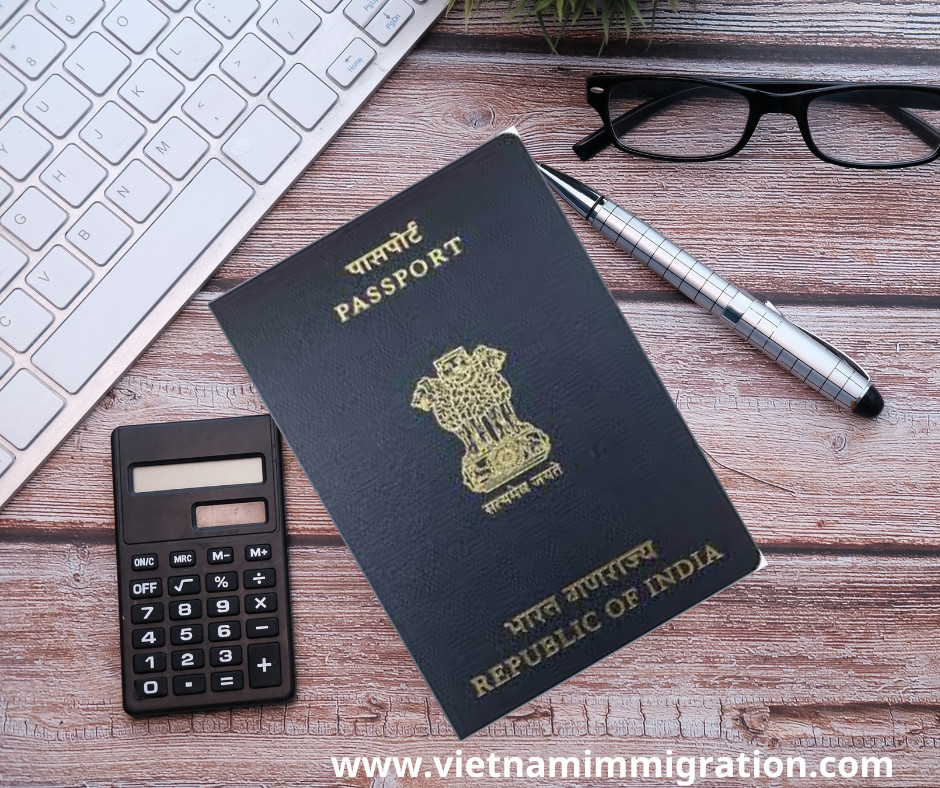Planning a getaway to Vietnam in 2025 but unsure how to get your visitor visa from India? You’re not alone. Many Indian travellers, especially first-timers, have questions about which visa …

As Vietnam continues to emerge as one of Southeast Asia’s fastest-growing economies, more Indian entrepreneurs are traveling there to explore potential markets, evaluate suppliers, and build trade relationships. Whether this is your first time visiting or you’re returning for deeper insight, getting the correct visa is essential. This article offers a detailed, step-by-step visa guide for Indian citizens who plan to explore the Vietnamese market in 2025.
Indian citizens who intend to travel to Vietnam for business-related purposes such as scouting for suppliers, researching local demand, or conducting initial meetings must apply for a business visa—not a tourist visa. The most relevant visa types include the E-Visa and the DN1/DN2 Business Visa.
The E-Visa is best suited for short-term visits. It allows Indian nationals to stay for up to 90 days and can be used for single or multiple entries. This type of visa is applied for online and does not necessarily require a Vietnamese partner or sponsor, making it highly accessible for first-time visitors.
The DN1/DN2 visa, on the other hand, is ideal for Indian professionals planning more structured business trips. This visa typically requires an official invitation letter from a Vietnamese company and is processed through the Vietnamese Embassy or Consulate in India. It is especially helpful if your trip includes factory tours, in-depth market assessments, or meetings across multiple cities.
Even if you’re not signing contracts during your trip, engaging in business discussions or exploring the market is still classified as a commercial activity. Applying for the right visa type ensures a smooth arrival and avoids complications at the border.

Before you start your visa application, ensure your Indian passport is valid for at least six months beyond your planned entry date into Vietnam. The passport should also have at least two blank pages. You will also need a passport-sized photo with a white background that adheres to international standards.
If you’re applying for a DN1/DN2 visa, you will need a formal invitation letter from your Vietnamese business contact. The letter should clearly outline your purpose of visit, intended stay, company details, and must be officially signed and sealed.
If you do not have a Vietnamese contact yet, you can still apply for an E-Visa without an invitation letter. However, it’s recommended to prepare a brief itinerary that outlines your visit dates, destinations in Vietnam, and purpose of travel. This demonstrates transparency and professionalism during the visa assessment.
To avoid the hassle of preparing documents yourself, many Indian travelers choose to use trusted agencies such as Vietnam Visa Services, which offer end-to-end visa support, including invitation letters if required.
There are three convenient methods for Indian travelers to submit a visa application for business exploration in Vietnam:

After receiving your visa, it’s critical to check all details carefully. Verify that your name, passport number, entry dates, visa type, and number of entries are correct. Any errors should be reported and corrected immediately to avoid entry denial at the airport.
If you’ve received an E-Visa, make sure to print at least two hard copies. Keep a digital backup stored securely in your email or cloud drive. You’ll be required to show the printed version upon arrival in Vietnam.
Although supporting documents like an itinerary or invitation letter aren’t always required at immigration, having them on hand strengthens your case and speeds up the entry process if any questions arise.
When you arrive in Vietnam, proceed to immigration and present your valid passport and visa. Be ready to explain that your visit is for market research, business meetings, or exploring investment opportunities. Clear communication will help avoid unnecessary delays.
If your trip includes multiple cities, bring a copy of your itinerary to show your travel route and meeting plans. This demonstrates professionalism and purpose.
Be mindful of your visa expiration date. If you plan to stay longer than initially planned, apply for a visa extension well before your visa expires. Overstaying can lead to penalties and may impact future travel eligibility.
Many Indian professionals find it easier and more efficient to use a visa support service. Agencies such as Vietnam Visa Services specialize in helping Indian citizens apply for Vietnam business visas with minimal hassle.
Their services include:
With years of experience and 24/7 customer support, they are a top choice for Indian business travelers exploring opportunities in Vietnam.

For Indian citizens looking to tap into Vietnam’s growing market, getting your visa sorted is the first crucial step. By following this structured guide, you can avoid common mistakes, save time, and enter Vietnam with confidence. Whether you choose to apply independently or with the help of a professional service, the key to a smooth journey lies in preparation and choosing the right visa type.

Planning a getaway to Vietnam in 2025 but unsure how to get your visitor visa from India? You’re not alone. Many Indian travellers, especially first-timers, have questions about which visa …

You’re ready to explore Vietnam’s rich culture, delicious food, and breathtaking landscapes. But one big question stands in your way: “How long will my e-visa take?” Whether it’s your first …

You’ve already booked your flight from Mumbai to Hanoi, your hotel is waiting in the heart of the Old Quarter, and your suitcase is ready. There’s just one thing missing …

